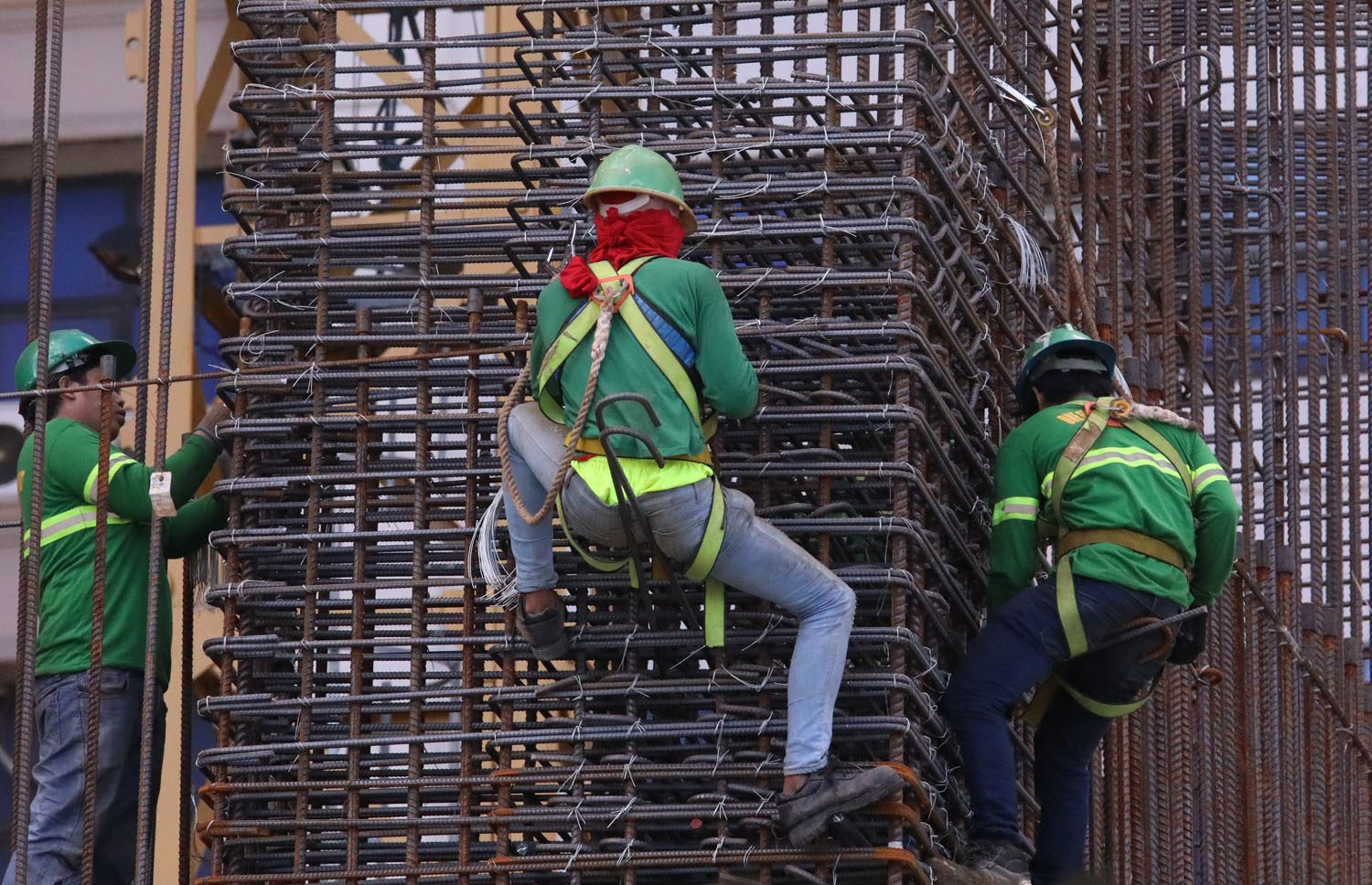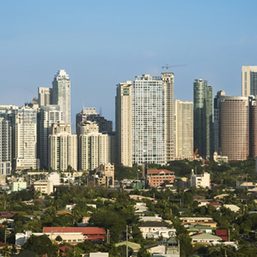SUMMARY
This is AI generated summarization, which may have errors. For context, always refer to the full article.

MANILA, Philippines – The Philippines’ unemployment rate dipped to its lowest since the start of the pandemic, but job hunting remained a struggle due to the Omicron variant of COVID-19.
The Philippine Statistics Authority on Friday, March 18, reported that the country’s unemployment rate went down to 6.4% in January 2022 from 6.6% in December 2021 and 7.4% in October 2021. This is equivalent to 2.9 million jobless Filipinos, fewer than the 3.27 million recorded in December 2021 and 3.5 million in October 2021.
However, the National Economic and Development Authority (NEDA) pointed out that the labor force participation rate (LFPR) fell from 65.1% in October 2021 to 60.5% in January 2022.
The LFPR is an estimate of an economy’s active workforce. A drop means that people either gave up looking for work or were not interested in employment.
The underemployment rate, which refers to people who have jobs but are looking for more work, increased from 14.7% in December 2021 to 14.9% in January 2022.
“The Omicron surge caused a temporary decline in our employment levels. Now that we have contained the spread of the virus and shifted to Alert Level 1 in most parts of the country, we look forward to an improvement in employment outcomes in the coming months,” Socioeconomic Planning Secretary Karl Chua said.
NEDA said that since March 2022, 70% of the economy have already shifted to Alert Level 1, bringing in P10.8 billion per week of economic activity for the country and 195,000 fewer unemployed Filipinos over the next quarter, compared to Alert Level 2.
To further improve labor market conditions, Chua called for the government to reopen all schools in areas under Alert Level 1.
“We reiterate the need for the full and urgent resumption of face-to-face classes to maximize the benefits of Alert Level 1. This can increase economic activity by around P12 billion per week due to the return of related services around schools. It will also free up the time of parents, one in four of whom have to skip or reduce work hours in order to assist their children with online classes at home,” Chua said. – Rappler.com
Add a comment
How does this make you feel?





There are no comments yet. Add your comment to start the conversation.